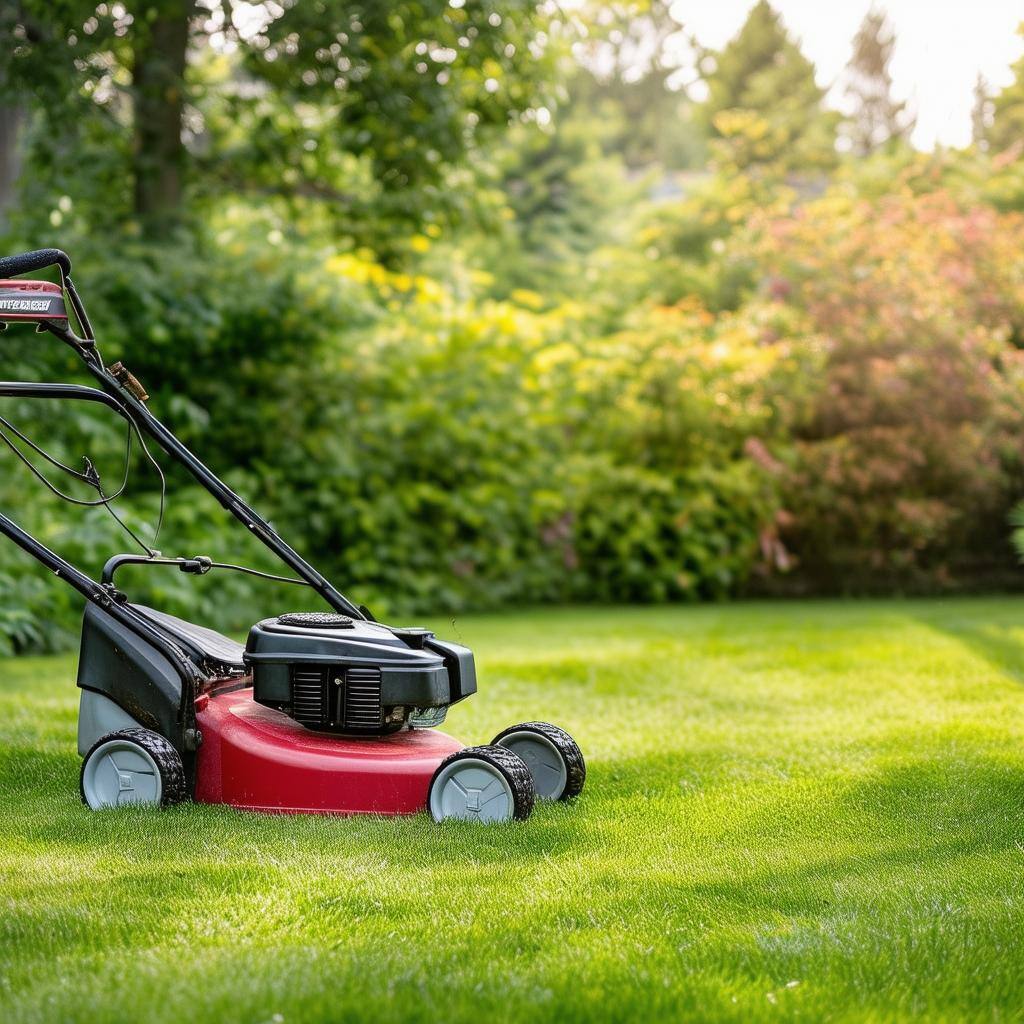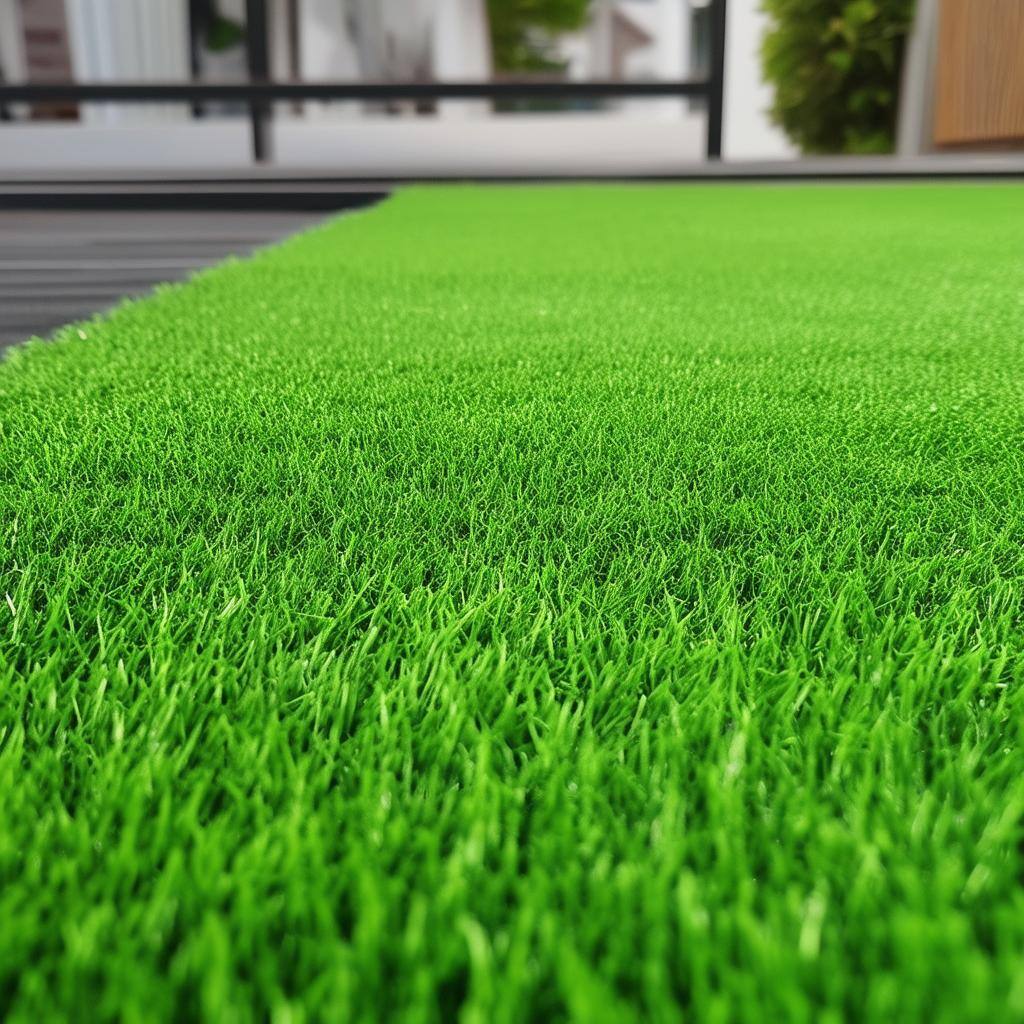Tree Maintenance Guide
The Essential Guide to Tree Maintenance: Keeping Your Trees Healthy and Beautiful
Trees are a vital part of our landscapes, providing beauty, shade, and environmental benefits. However, like any living organism, trees require proper care and maintenance to thrive. This guide will explore essential tree maintenance practices, including pruning, watering, fertilization, pest management, and more, to ensure your trees remain healthy and vibrant.
Why Tree Maintenance Matters
Proper tree maintenance not only enhances the aesthetic appeal of your property but also contributes to the health of the trees themselves. Healthy trees can:
- Improve air quality by absorbing carbon dioxide and releasing oxygen.
- Provide shade and cooling, reducing energy costs for nearby buildings.
- Prevent soil erosion and enhance biodiversity by supporting wildlife habitats.
Key Tree Maintenance Practices
1. Pruning
Pruning is crucial for maintaining the health and shape of your trees. It involves removing dead or diseased branches and shaping the tree for better growth. Here are some tips for effective pruning:
- Timing: The best time to prune most trees is during late winter or early spring when they are dormant. This minimizes stress and encourages new growth.
- Tools: Use clean, sharp tools to make clean cuts, which helps prevent disease. Common tools include pruning shears, loppers, and saws.
- Technique: Avoid removing more than 25% of a tree’s canopy in one year. Focus on removing crossing branches and any that are dead or damaged.
2. Watering
Proper watering is essential for tree health, especially during dry spells. Young trees need more frequent watering as their root systems establish. Here are some watering tips:
- Deep Watering: Water deeply and infrequently rather than shallow and frequently. This encourages roots to grow deeper into the soil.
- Mulching: Apply a layer of mulch around the base of the tree to retain moisture and regulate soil temperature.
- Seasonal Considerations: During periods of drought, check the soil moisture and water accordingly. Established trees typically need less frequent watering.
3. Fertilization
Fertilizing trees can promote healthy growth and improve resistance to pests and diseases. Here’s how to effectively fertilize your trees:
- Soil Testing: Conduct a soil test to determine nutrient deficiencies. This will help you select the right type and amount of fertilizer.
- Timing: Fertilize in early spring as the tree begins to leaf out. This timing aligns with the tree’s growing season.
- Application: Follow package instructions for application rates and methods. Use a slow-release fertilizer to provide nutrients over time.
4. Pest and Disease Management
Trees can be susceptible to various pests and diseases. Early detection and management are crucial for maintaining tree health:
- Regular Inspections: Check your trees regularly for signs of pests, such as discoloration, holes in leaves, or sticky residues (honeydew).
- Integrated Pest Management (IPM): Employ IPM strategies, which combine cultural, mechanical, and chemical practices to manage pests sustainably.
- Consult Professionals: If you suspect a serious pest or disease issue, consult a certified arborist for an assessment and treatment recommendations.
5. Staking and Support
Young trees may require support to grow straight and strong. Here are some guidelines for staking:
- Staking Technique: Use soft materials like straps or webbing to avoid damaging the trunk. Stake trees for no more than one growing season.
- Monitoring: Check the ties regularly to ensure they aren’t too tight or causing damage. Remove stakes once the tree is stable.
6. Mulching
Applying mulch around trees offers numerous benefits:
- Moisture Retention: Mulch helps retain soil moisture, reducing the need for frequent watering.
- Weed Suppression: A layer of mulch can inhibit weed growth, reducing competition for nutrients.
- Temperature Regulation: Mulch moderates soil temperature, providing a more stable environment for roots.
Seasonal Tree Maintenance Checklist
Spring
- Prune dead or damaged branches.
- Fertilize as needed.
- Water young trees regularly.
Summer
- Monitor for pests and diseases.
- Mulch to retain moisture during hot months.
- Water deeply during dry spells.
Fall
- Rake and remove fallen leaves to prevent disease.
- Prepare trees for winter by ensuring they are adequately watered.
- Conduct a final inspection before winter.
Winter
- Prune trees while dormant.
- Protect young trees from extreme cold and frost.
- Inspect for signs of damage from snow or ice.
Summary
Proper tree maintenance is essential for promoting healthy growth and longevity. By implementing key practices such as pruning, watering, fertilization, pest management, and seasonal checklists, you can ensure your trees thrive for years to come. A well-maintained tree not only enhances the beauty of your landscape but also contributes positively to the environment. Whether you’re a seasoned gardener or a new homeowner, investing time and effort into tree care is a rewarding endeavor that pays off in many ways.
Why don't homes come with a user manual?
We don't know, either. But we're here to help.
See how, below...from tackling the maintenance tasks you can’t stand or always forget, to getting proactive with your maintenance, to sending out contractor referrals we actually know & trust!
You May Also Like
These Related Stories

Landscaping Guide

Lawn Maintenance Guide
